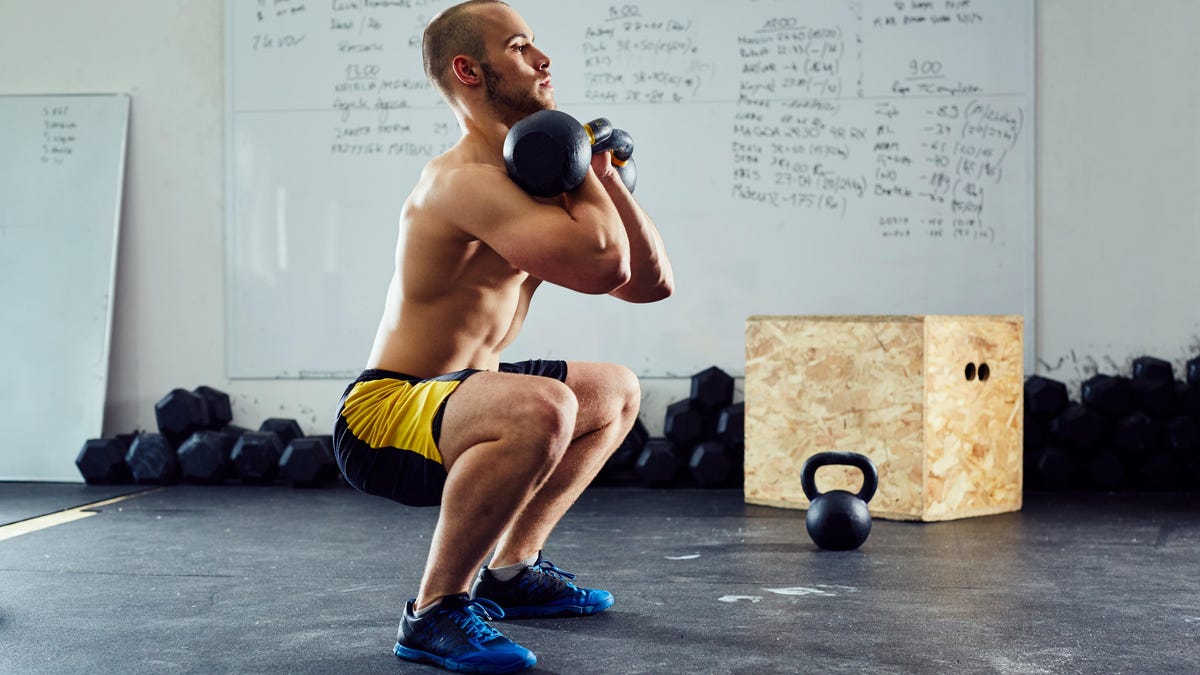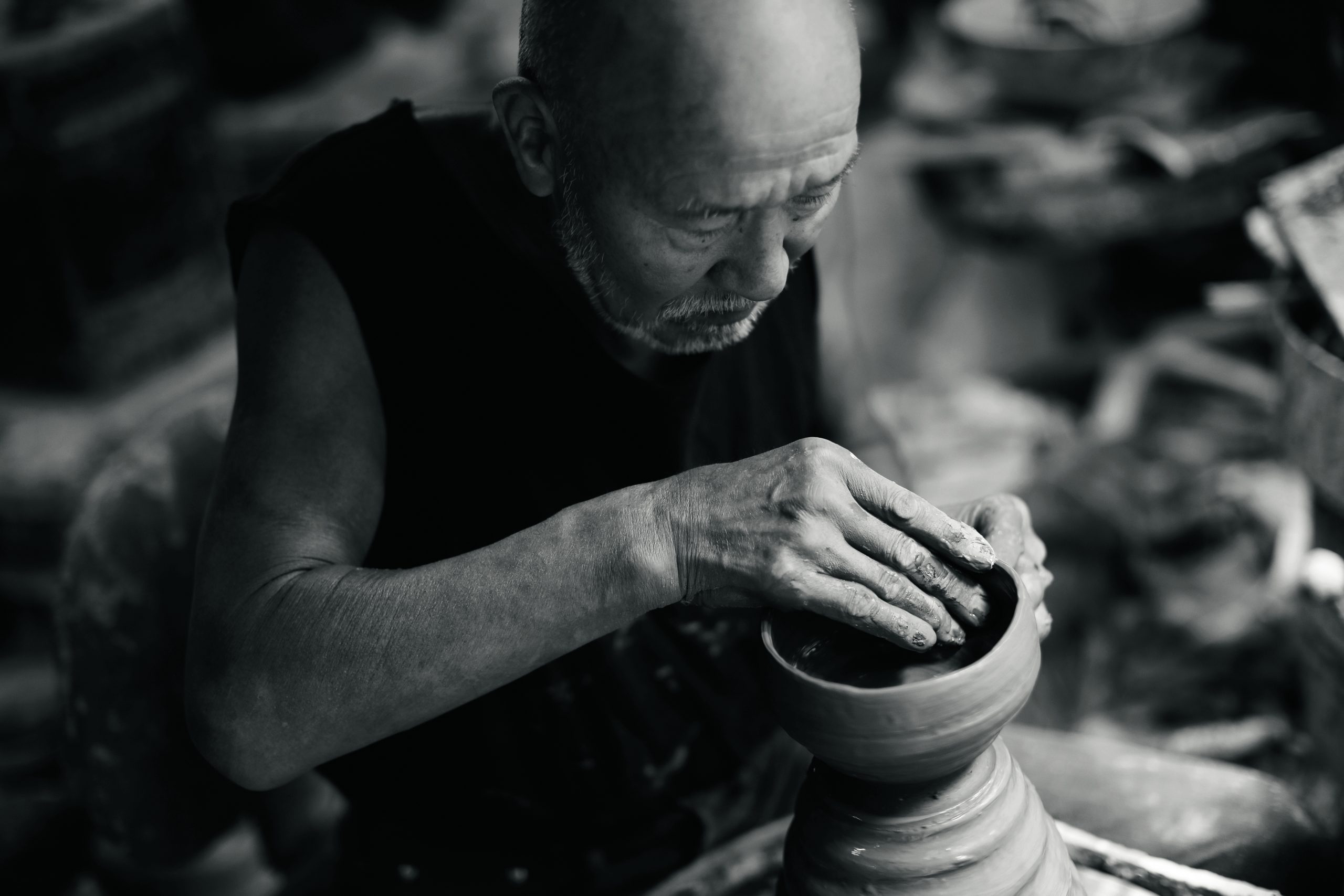Actually, Putting Your Hands on Your Knees Is the Best Recovery Position
A faster workout recovery is a good indicator of overall fitness level and is essential for improving performance, whether it’s lifting more, running faster, or building endurance. And for years, the advice has been to recover from a high-intensity...


Photo: LarsZ (Shutterstock)
A faster workout recovery is a good indicator of overall fitness level and is essential for improving performance, whether it’s lifting more, running faster, or building endurance. And for years, the advice has been to recover from a high-intensity workout by holding your hands above your heads. You maybe had a similar experience growing up: When I ran track in high school, my teammates and I were taught to resist the urge to lean over and place our hands on our legs. But the truth is different than what we were taught.
What research says about resting your hands on your knees
As research is showing, your instinct to recover from a tough workout by putting your hands on your knees may be the best one. In a study published in 2019, researchers at Western Washington University had 20 college varsity soccer players do sprint trials. For the study, each soccer player ran two separate trials, spaced one week apart, for which they did four 4-minute sprints, running at 90 to 95 percent of their maximum heart rate. After the sprints, the soccer players were asked to either hold their hands on their head or their knees, with researchers collecting information on how fast their heart rate dropped in the first minute and how efficiently their lungs filled. What they found was that when the soccer players put their hands on knees, their heart rate dropped faster in the first minute of recovery, and their lungs operated more efficiently. In terms of how much their heart rate dropped, the hands-on-knee posture was significantly better, with an average drop of 53 beats per minute, compared to 31 beats per minute for the hands-on-head posture.
Leaning forward slightly helps the diaphragm
Researchers suggests that the key to recovery may be leaning forward slightly, which maximizes the surface area of what’s called the diaphragmatic zone of apposition, or ZOA for short. This helps your diaphragm work more efficiently, which helps your lungs operate more efficiently too.
As the researchers wrote, “The ability to recover faster from multiple bouts of exercise is a crucial part of optimizing performance for athletes,” which in this case means that “using the best recovery modality, in this case posture during HIIT, is crucial to minimize fatigue and potential injuries.”

 ValVades
ValVades 































